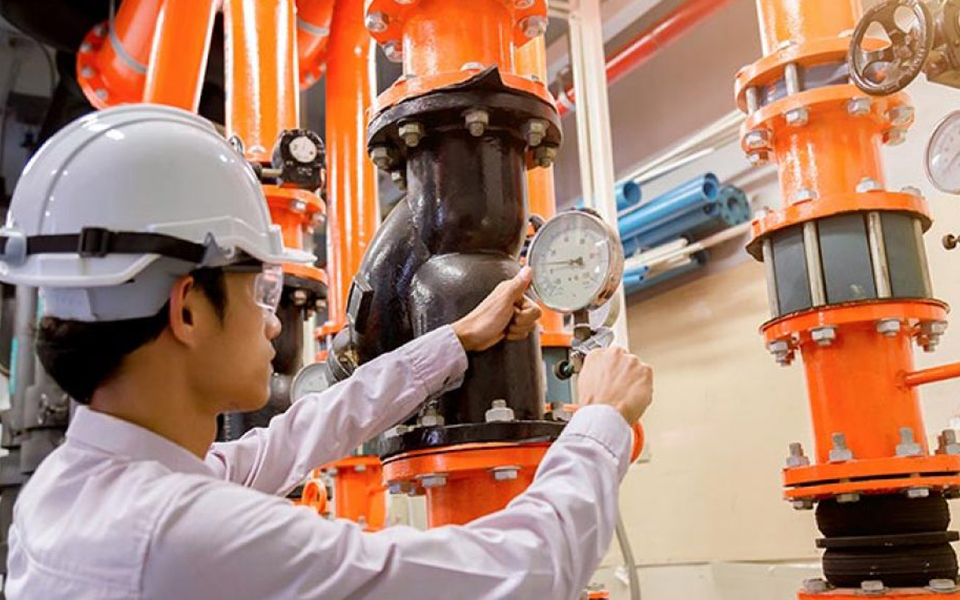INDUSTRY NEWS
What are the protective maintenance measures of the valve
Valve leakage can lead to the loss of fluids (such as water, gas, chemicals, etc.) in the pipeline system, resulting in a waste of resources. Leaking fluids can enter land, rivers or groundwater, causing serious environmental pollution. Leaking fluids can cause fires, explosions, or chemical spills that compromise the safety of people and equipment. The protection of valve leakage can save energy, and reducing valve leakage can reduce energy consumption and improve the operation efficiency of industrial systems. Environmental protection, to prevent leakage of fluid pollution of the environment, to avoid damage to the ecosystem. Safety management, reduce the occurrence of leakage accidents, protect the safety of workers and equipment.
In order to ensure that the valve can play a long-term and stable role, the valve can be protected and maintained from the following aspects.
1. Choose high-quality valves
Choose a corrosion-resistant material: Choose the right valve material based on the nature of the fluid to reduce the risk of corrosion and damage.
Choose a valve with a good seal: An effective seal design can prevent valve leaks and improve system performance and safety.
2. Leak detection and monitoring
Install leakage detection equipment: Through the installation of leakage detectors, real-time monitoring of valve leakage, and timely alarm.
Regular inspection and maintenance: Check valves regularly and repair or replace damaged valve parts to maintain their normal operation.
3. Improvement of valve seal
Selection of sealing gasket: According to the nature of the fluid and working temperature to choose the appropriate sealing gasket material to improve the sealing performance of the valve.
Sealing surface processing technology: high-precision processing technology is used to ensure the sealing surface of the valve seat and valve disc is smooth and avoid leakage problems.
4. Valve anti-corrosion protection
Application of anti-corrosion coating: Coating a layer of anti-corrosion coating on the valve surface to improve the corrosion resistance of the valve and extend its service life.
Anti-corrosion including device: For vulnerable valve parts, anti-corrosion including device can be used to protect and reduce the occurrence of corrosion.
5. Valve installation and maintenance
Correct installation: According to the requirements and specifications of the valve, the valve is correctly installed to ensure its normal work and avoid leakage.
Regular maintenance: Perform regular valve maintenance, clean and lubricate the valve, and repair or replace damaged parts when needed.

